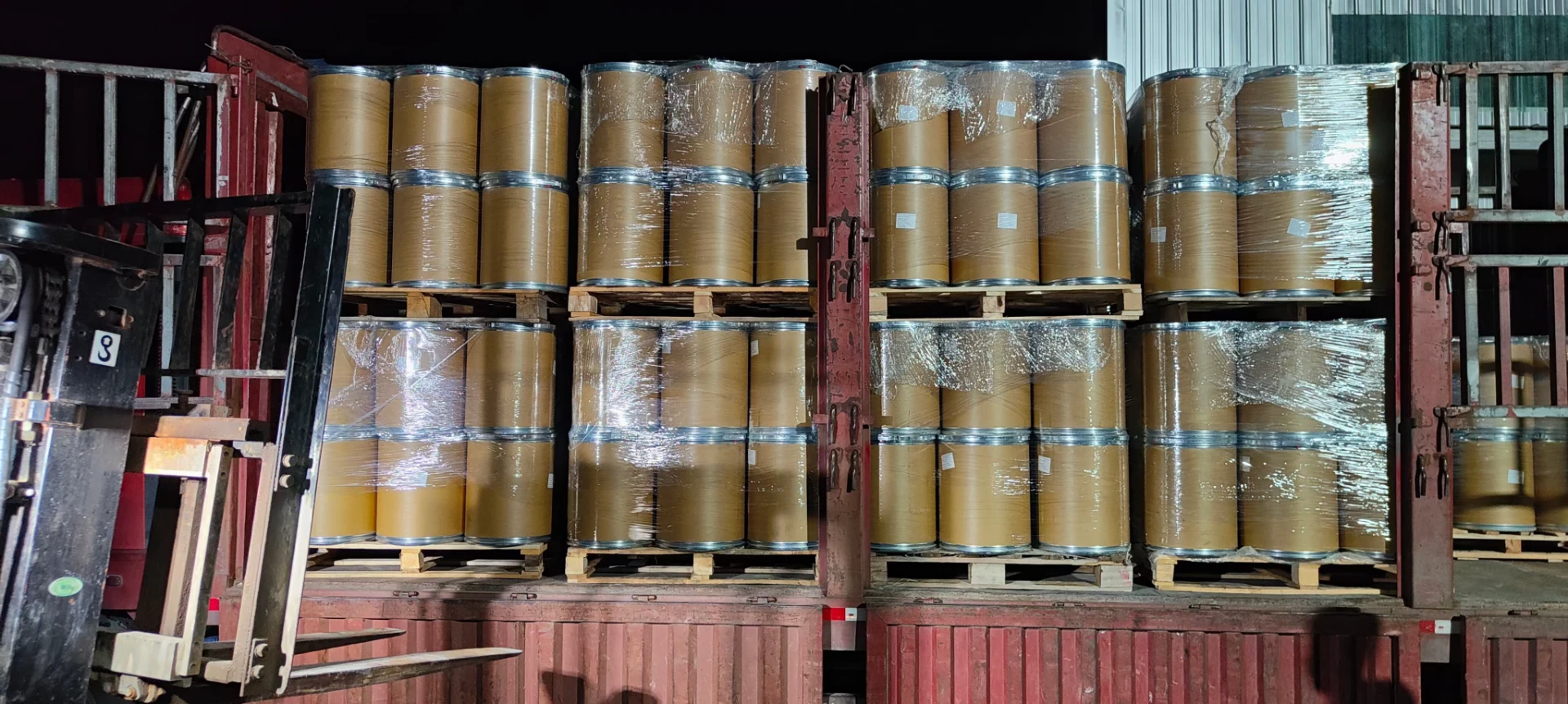Cyanide Removal from Industrial Wastewater Processes and Techniques
Cyanide is a potent and highly toxic chemical compound that poses significant risks to human health and the environment. It is commonly found in wastewater generated by various industrial activities, particularly those related to mining, electroplating, and the production of certain chemicals. The presence of cyanide in industrial wastewater necessitates effective treatment methods to ensure public safety and environmental protection. This article discusses the key processes and techniques for cyanide removal from industrial wastewater.
Understanding Cyanide and Its Sources
Cyanide exists in various forms, including free cyanide (hydrogen cyanide and cyanide ions) and complex cyanides, where it is bound to metals or organic compounds. Industries such as gold mining use cyanide for extracting precious metals, while electroplating industries produce cyanide-laden wastewater as a byproduct of their processes. If improperly treated, cyanide can leach into waterways, posing risks to aquatic life and human populations.
Regulatory Framework
Due to the toxicity of cyanide, regulatory agencies around the world impose strict limits on its concentration in wastewater discharges. In the United States, for instance, the Environmental Protection Agency (EPA) has established standards under the Clean Water Act, requiring industries to treat cyanide before releasing effluents into public water bodies. Similar regulations are in place globally, emphasizing the importance of effective cyanide removal technologies.
Techniques for Cyanide Removal
Several techniques have been developed to remove cyanide from industrial wastewater. The choice of method often depends on the form and concentration of cyanide, as well as the characteristics of the wastewater itself. Below are some of the most commonly employed methods
cyanide removal from industrial wastewater

1. Chemical Oxidation This is one of the most widely used methods for cyanide treatment. It involves the application of oxidizing agents such as sodium hypochlorite, chlorine dioxide, or hydrogen peroxide to convert cyanide into less harmful substances. For instance, sodium hypochlorite can effectively oxidize cyanide ions to form carbon dioxide and nitrogen, which are non-toxic.
2. Biological Treatment Certain microorganisms possess the ability to bioremediate cyanide. This biological method typically involves using specially cultivated bacteria or yeast that can metabolize cyanide as a carbon and nitrogen source. The process not only detoxifies cyanide but can also lead to the production of harmless byproducts, making it an environmentally friendly option.
3. Physicochemical Methods Techniques such as adsorption, precipitation, and membrane filtration can also be employed for cyanide removal. Activated carbon can be used to adsorb cyanide from wastewater, while precipitation methods can convert soluble cyanides into insoluble forms which can then be removed from the wastewater. Membrane technologies, like reverse osmosis, can effectively separate cyanide from wastewater, although they require careful management to avoid membrane fouling.
4. Advanced Oxidation Processes (AOPs) AOPs involve the generation of highly reactive species, such as hydroxyl radicals, which can decompose cyanide rapidly. Methods like UV/H2O2 or ozonation are examples of AOPs that have shown high efficiency in cyanide degradation.
5. Thermal Treatment In some cases, thermal methods such as incineration can be employed to destroy cyanide in wastewater. This method is most effective for concentrated cyanide wastes as it requires high energy input and can produce harmful emissions if not managed properly.
Conclusion
The removal of cyanide from industrial wastewater is critical to safeguard human health and protect the environment. The selection of an appropriate cyanide removal technique depends on several factors, including the type of industrial process, the concentration of cyanide, and regulatory requirements. Continued research and development of innovative treatment technologies will enhance the effectiveness and efficiency of cyanide removal processes, contributing to sustainable industrial practices. As industries aim to minimize their environmental footprint, the integration of effective cyanide management strategies will be paramount in ensuring safe and responsible wastewater disposal.

